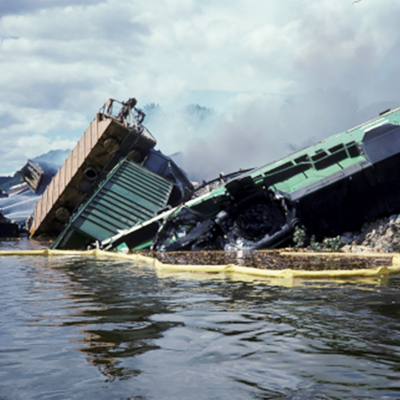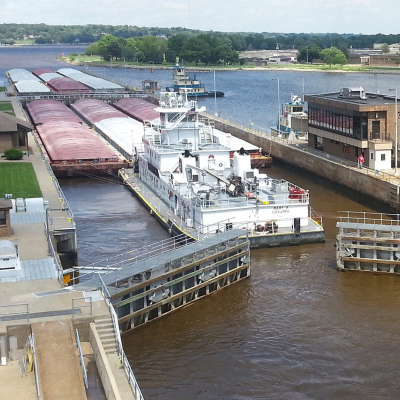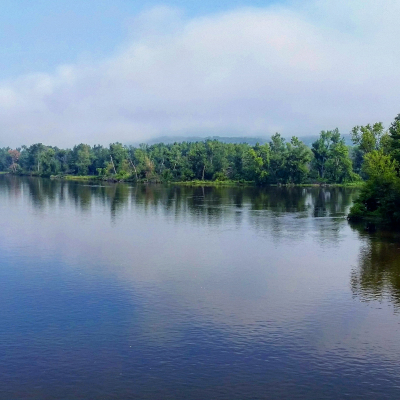The 1993 flood raised a number of important, longer term questions about how to optimize future water quality monitoring efforts undertaken in response to flood events. Specifically, how can a state or region’s flood-related water quality monitoring needs be identified in advance? How can state and federal agencies work more effectively together to ensure that limited resources are applied most effectively toward meeting these needs? A federal interagency Flood Event Water Quality Monitoring Working Group, jointly led by USGS and USEPA, was established to address some of these questions.
UMRBA sponsored the 1993 Flood-Related Water Quality Monitoring Workshop in part to provide just a regional perspective to the federal Working Group. The Association’s workshop was designed to bring together a multi-disciplinary group of researchers, state managers, and federal agency personnel to discuss the specific findings of their monitoring efforts during the 1993 Flood, consider those findings in a broader geographic context, and develop consensus recommendations regarding future flood-relate water quality monitoring.
- The monitoring did not reveal significant flood-related water quality impacts in terms of contaminant concentrations. However, there were substantial increases in contaminant loadings. These increased loadings, particularly the increased delivery of nutrients and herbicides, may have had significant impacts on the Gulf of Mexico.
- It is not possible to draw conclusions regarding water quality impacts during the pre-peak portion of the 1993 flood due to lack of monitoring data. Little or no sampling was done by most water quality researchers during the first pulse of the flood due in part to lack of funding and pre-event planning but also due to the inherent difficulty of recognizing the rising limb (i.e., pre-peak) of a flood. The leading edge of a flood is when one would typically expect to see the highest contaminant concentrations.
- USEPA-funded monitoring studies were focused on direct water quality impacts and did not provide extensive insights into the physical and ecological impacts of the 1993 flood. Findings from research funded from other sources as well as some insights gained through the EPA-funded studies suggest that the flood may have had significant impacts on the geomorphology and ecology of the river system. However, gaining a basic understanding of these impacts would require a significantly greater study effort. Funding for such work has not generally been available since the 1993 flood.
- Available baseline data frequently does not provide an adequate context for interpreting the results of special event monitoring. Although there are good surface water records available in some areas for some parameters, less information is available for sediment or ground water. In general, there is not enough baseline data available to confidently identify long-term trends or isolate the impacts of specific events.
- Monitoring efforts related to the 1993 flood would have been enhanced by a clear articulation of purpose and prioritization of monitoring needs. Although several agencies did prepare workplans and address the purpose and priorities of their water quality monitoring efforts, this was not universally done.
- Monitoring efforts related to the 1993 flood would have benefited from interagency coordination of sampling locations, parameters, finances, and personnel.
- USEPA-funded flood-related monitoring studies did not include adequate resources for data analysis and integration.




